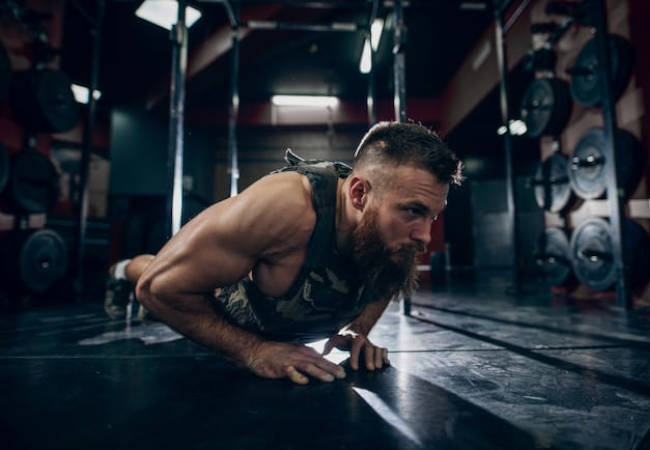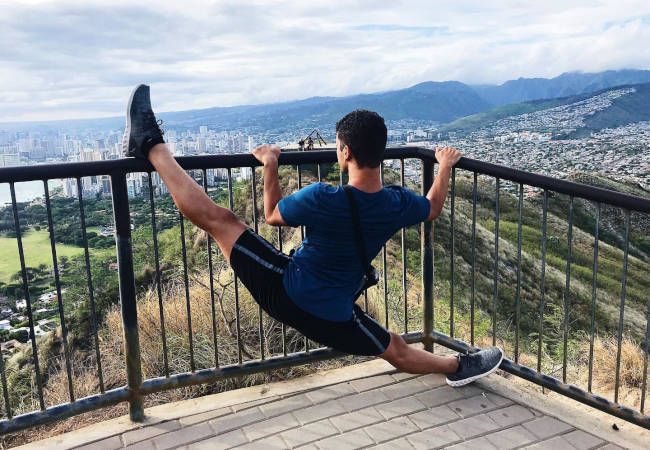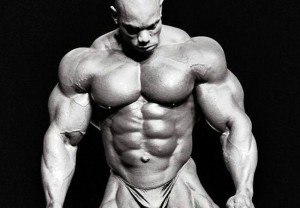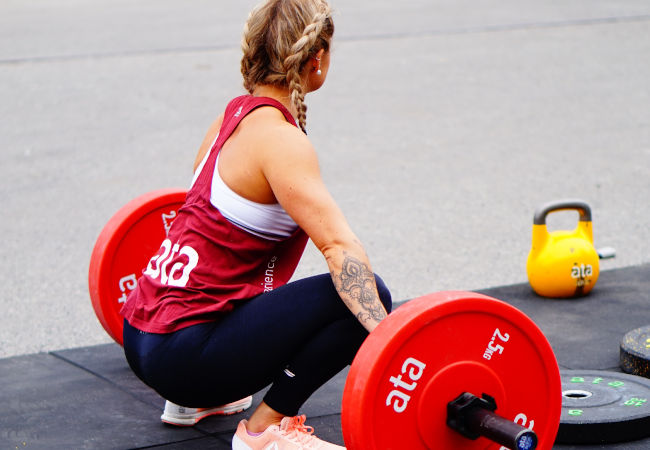Staying fit and healthy is best accomplished by continuously pushing your body to work hard. As you become more experienced in your given form of training and mastery starts to kick in, you’ll naturally look for ways to push your limits. A weighted vest can be a terrific tool for achieving this goal.
This article looks at the ins and outs of weighted vest training, and seeks to arm you with the knowledge you need to effectively integrate a weight vest into your workouts.
The basic idea of a weighted vest
Adding weight to your exercises isn’t new. In fact, it utilities a core principle of exercise training known as progressive overload. The basic idea behind overload is that your body adapts when you make it work harder than it usually does. You overload your body by running faster or for longer, doing more reps, or lifting heavier weights.
Eventually your body adapts to this overload. So you overload it some more. This progressive increase in stress placed on your body results in physiological changes such as increased muscle size, strength and endurance, greater aerobic capacity, and reduced body fat.
And so it goes when working out with a weight vest.
Exercising with additional weight strapped to your body is considerably more difficult than working out with just your own body weight. The additional weight overloads your muscles and forces your heart and lungs to work harder than they do when only having to carry your bodyweight. In response, your muscles grow bigger and stronger and your heart and lungs work more effectively. You are now a fitter, stronger, faster, and overall healthier version of yourself.
At least that’s the theory. Does it work in practice?
Does training with a weighted vest actually work?
Thankfully, we don’t need recent or specific scientific studies to tell us whether weighted vests help you build muscle or burn calories. Basic exercise training principles tell us that the answer to those questions is ‘yes’.
If you wear a weight vest and do body weight exercises like pull ups, push ups and dips, you will stimulate gains in muscular size and strength more rapidly than if you train without a weight vest on. Weight is weight. Your muscles adapt their size and strength when they contract against resistance, and extra weight creates extra resistance. It’s the same reason that weightlifting makes you bigger and stronger.
Similarly, if you walk, jog, or run while wearing a weighted vest your body has to make changes to accommodate that. Your heart has to work harder and pump more blood to the muscles supporting the extra weight. Your lungs have to breathe more rapidly to oxygenate the greater volume of blood being pumped by said heart. All of this requires energy. All of this burns calories and helps you lose weight.
Alternatively, you may be looking at incorporating a weight vest in order to perform some particular sport or skill more effectively. For example, you may be aiming to run faster or jump higher in order to be a better, more competitive athlete.
For this we do need to look at the research because it’s not obvious whether a vest will help you improve in these physical feats.
What does the research say?
While there are studies that have found that training with a weighted vest may not be better for improving performance compared to training without one, there is a considerable body of research showing it can produce substantial benefits. For example, a study on the effects of wearing a weight vest for 50m sprint training found that loads of 8% – 20% of body mass produced substantial improvements in acceleration and max speed over the length of the sprint.
Similarly, research published in the Journal of Science and Medicine in Sport found that warming up by jogging with a weighted vest helped competitive endurance runners improve their performance by reducing leg stiffness and running economy.
Another study examined the effects of integrating weighted plyometric drills into the normal strength training program of collegiate football players. The researchers found that the players who did plyometric drills while wearing a weight vest (as well as their conventional weight training) showed the greatest strength improvements, as measured by the bench press, half squat, power clean, and military press.
So, although there is some mixed research in there, basic principles of exercise physiology and the weight of scientific evidence clearly show the value that can be gained from including a weight vest in your workouts. But before you go out and buy yourself a brand new vest, it’s worth understanding the pros and cons that come with this training tool.
The pros and cons of weighted vests
Purchasing a weight vest can be a great investment as long as you properly understand the benefits and costs, and use the vest in the most safe and effective way.
Let’s go through the pros:
1. Weight vests distribute weight evenly across your body
This makes the weight easier to balance, and reduces the likelihood of injuring yourself. Also, because you’re wearing the weight on your body rather than holding it (such as with most other free weights), weight vests leave your hands free to do a broad range of traditional and more functional strength exercises.
2. Weighted vests allow incremental adjustments in weight
Most vests come with removable 1 – 2.5 lb individual weights. This allows you to add and subtract weights in small increments, which is the foundation of progressive overload and will ensure you can make continuous gains in strength and endurance.
3. Training with a weight vest can be convenient and economical
As you can easily transport weight vests (more so than a barbell or dumbbells, for example), you can train with them whenever and wherever.
Also, if cleverly purchased, a weight vest can last you a lifetime and will eliminate the need for other expensive pieces of exercise equipment.
Lets now take a look at some of the cons:
1. Weight vests can be overly expensive
The flip side to the above pro is that vests can get very pricey, especially for the heavier weights. And, in order to avoid the next pitfall, you’ll actually need to get yourself a relatively heavy vest.
2. They can “run out” of weight quickly
If you don’t purchase your weight vest wisely, then you may find the resistance becomes too easy too quickly. For example, you may see a weight vest that can be adjusted from 1 lb – 20 lbs and another that can adjust from 1 lb – 40 lbs for twice the price. You think that the 20 lb vest will be appropriate for your calisthenics training because you’re still challenged by just your body weight.
However, if you stick with your training and regularly incorporate your weight vest into it, you’ll eventually find that 20 lbs no longer challenges you. If you want to keep making progress, you’ll have to buy another, heavier vest. Not ideal.
3. Heavy vests can be uncomfortable
This discomfort is often particularly noticeable around the shoulders where the straps can rub. Moreover, having heavy weight tightly strapped to your torso can feel extremely restrictive. In extreme cases, this can produce a sense of breathlessness or even panic, especially in less experienced people.
Now that you have a clear understanding of the advantages and disadvantages of using a weight vest, let’s look at some basic principles to keep in mind when incorporating one into your workouts.

How to go about a weight vest workout
The first principle is one you may not want to hear: Don’t use a weight vest if you’re a beginner. A certain level of mastery over your given training is required before it’s safe to add weight to it.
Work on getting the basic technique of your training correct (calisthenics, plyometrics, running, whatever) before throwing on a vest. If you need some equipment to get started with them, places like WickedFlex provide good quality equipment and dumbbells.
The next important principle is
to start light. Begin with 5% of your body weight, especially if you’re going to use the weight for high intensity cardio exercises like sprinting or jumping. Weight can alter your bio mechanics, such as stride length, balance, cadence, etc. Starting light and then building up to 20% or more of your body weight will ensure your body can adapt slowly and properly.
The final principle is, watch your heart rate and back off if your workout starts feeling overly intense. Having a weight vest strapped to your body greatly increases the amount of work that your respiratory muscles need to do in order to breathe deeply and get oxygen into your blood. Naturally, your heart rate will spike. This can be dangerous if your HR gets too high and you’re not used to it.
Ultimately, as long as you take a planned, measured, and gradual approach, you should reap plenty of benefits from weighted vest training.



















